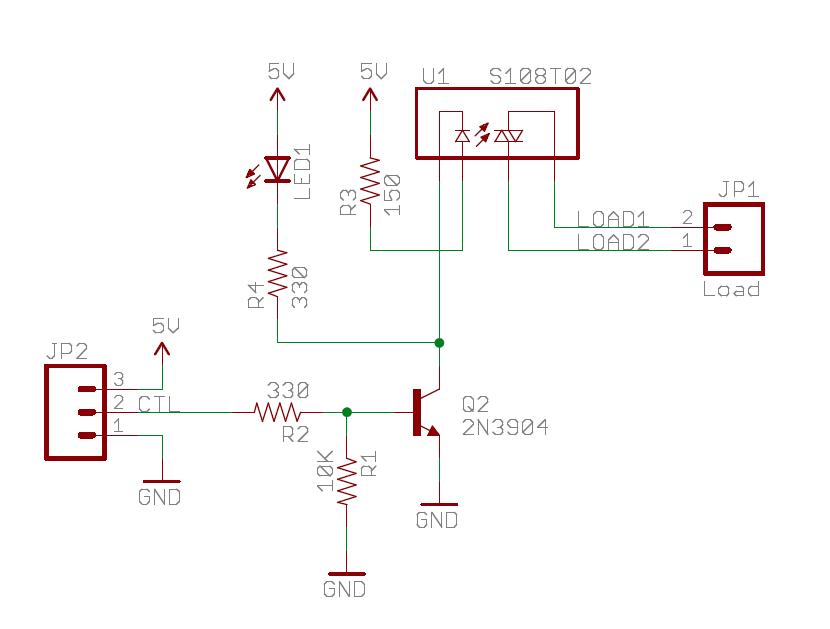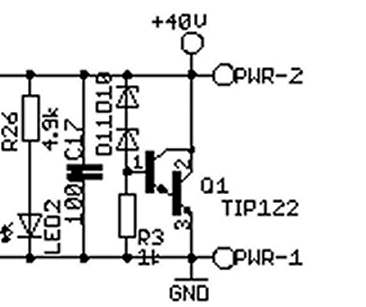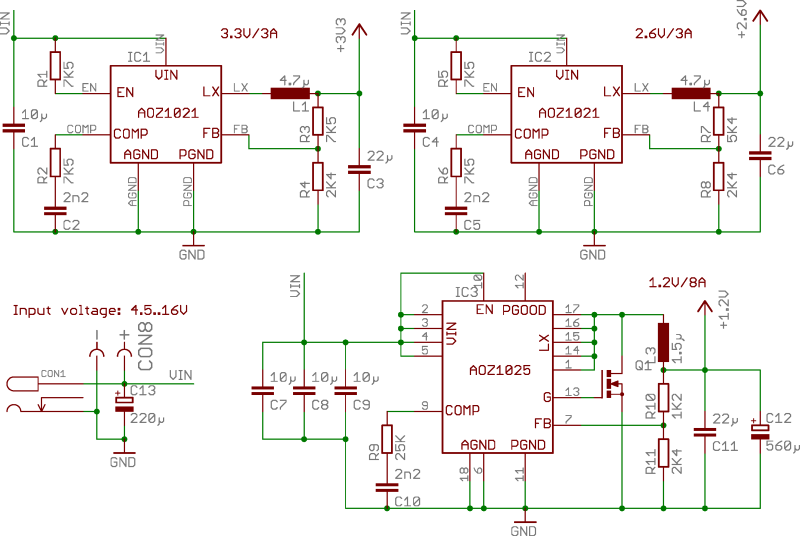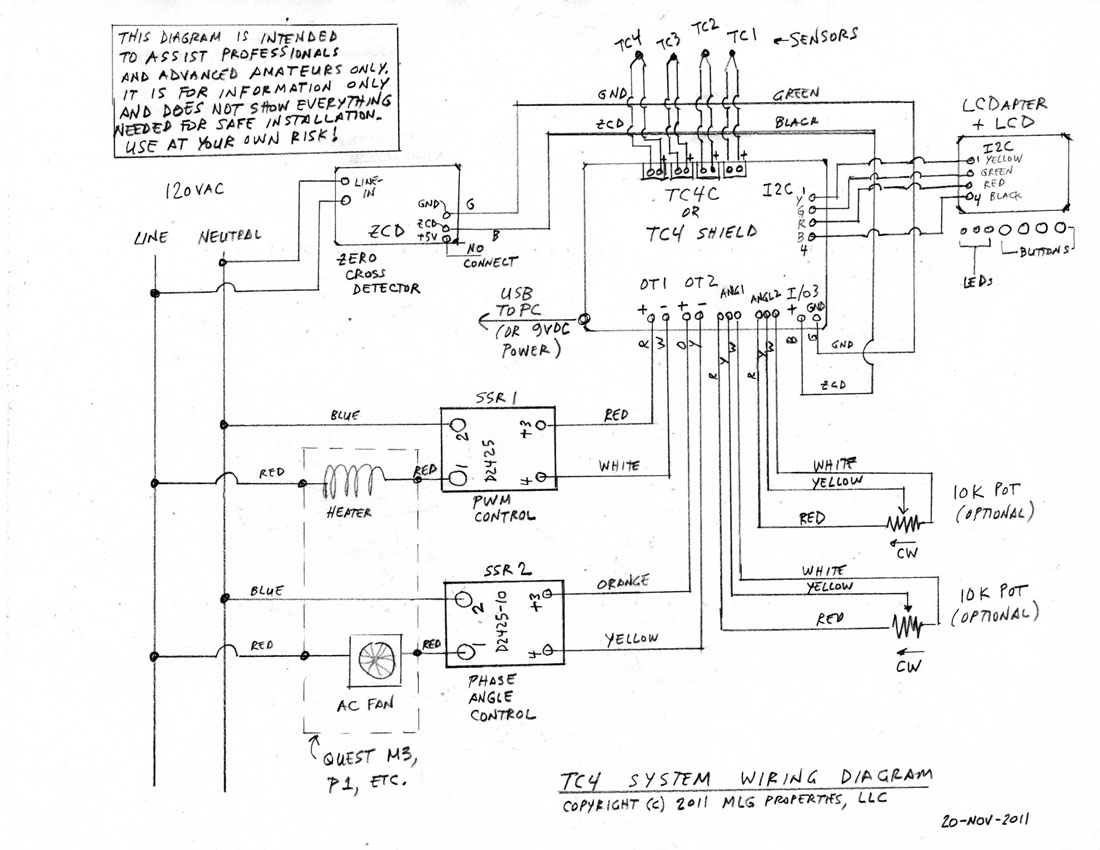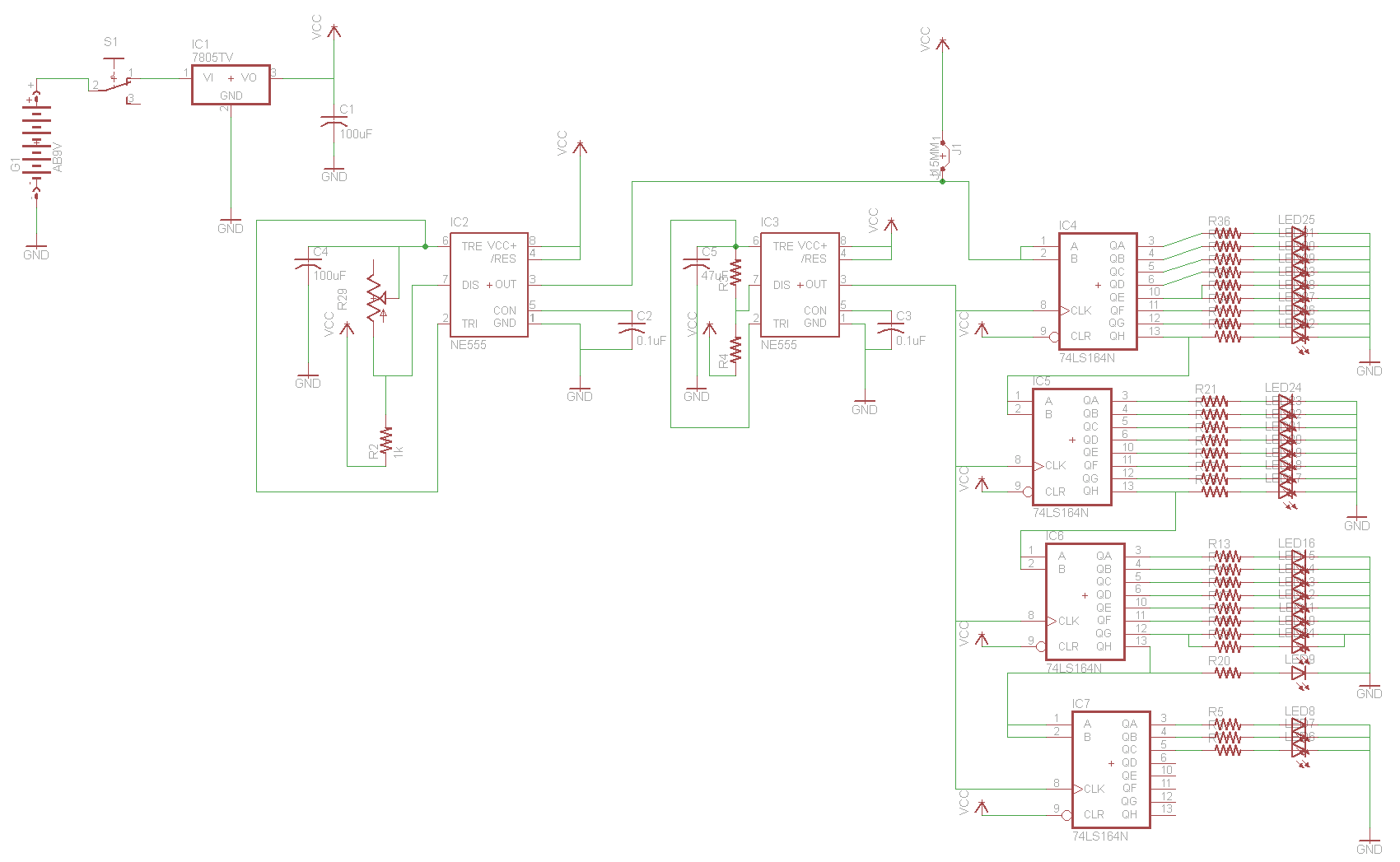
VCXO Boards
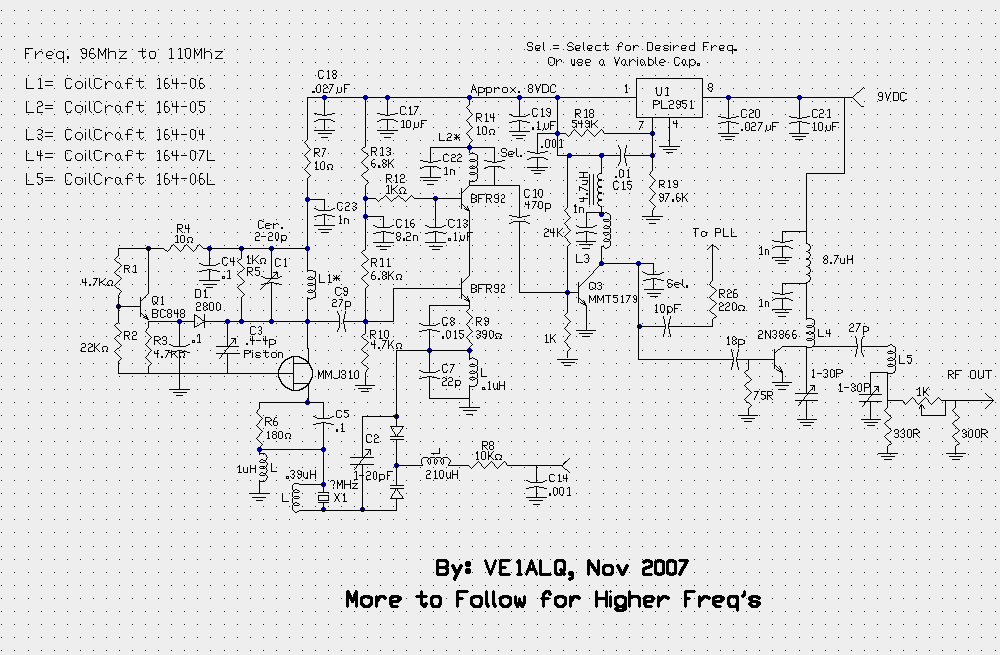
Many versions of VCXOs exist, and this is the final version selected for all future VCXO implementations. It is highly versatile for all frequencies, accommodating up to the 7th overtone of crystal oscillators that can be utilized in VCXOs. Note: On this CPLD PLL board, a second phase-locked synthesizer is employed to indicate lock status by driving an LED. The additional cost associated with using the CD74HC7046AM device is minimal, and it can also function as the PLL with very few extra components. Many users have requested the installation of this device; therefore, the new CPLD PLL board being professionally produced will include provisions to accommodate the 74HC7046.
The VCXO (Voltage-Controlled Crystal Oscillator) circuit described is designed to provide precise frequency control over a wide range of applications. The core of the design is based on the use of a crystal oscillator capable of operating at various frequencies, including the higher overtone frequencies, which enhances the stability and accuracy of the output signal. The integration of a second phase-locked loop (PLL) synthesizer on the CPLD (Complex Programmable Logic Device) board allows for real-time lock detection, which is crucial for maintaining frequency stability.
The use of an LED to indicate the lock status is a practical feature that allows for immediate visual feedback regarding the operation of the VCXO. The CD74HC7046AM device serves as a highly efficient PLL, enabling the circuit to achieve the desired frequency with minimal additional components. This device's low additional cost makes it an attractive option for designers looking to enhance the functionality of their VCXO circuits without significantly increasing the overall expense.
The new CPLD PLL board is designed to be user-friendly and adaptable, accommodating the 74HC7046 to meet the demands of various applications. This adaptability is essential in modern electronic design, where flexibility and performance are paramount. The board layout will include necessary connections and components to ensure seamless integration of the PLL, thereby improving the overall performance and reliability of the VCXO system.Many versions of VCXO`s this is the final version I have decide to use in all VCXO`s in the Future, it is extremely universal at all Freq. up to 7th Ovetone XTAL`s that can be used in VCXO. NOTE: On this CPLD PLL Board I am using a second Phase Lock Synthesizer to indicate Lock by driving a LED device.
The additional cost using thet CD74 HC7046AM device is very little, and it can also be used as the PLL as well with a very few extra components. Most People are asking that this Device be Installed as well, as a result the New CPLD PLL Board being professionally produced will include facilities to accomidate the 74HC7046.
🔗 External reference
The VCXO (Voltage-Controlled Crystal Oscillator) circuit described is designed to provide precise frequency control over a wide range of applications. The core of the design is based on the use of a crystal oscillator capable of operating at various frequencies, including the higher overtone frequencies, which enhances the stability and accuracy of the output signal. The integration of a second phase-locked loop (PLL) synthesizer on the CPLD (Complex Programmable Logic Device) board allows for real-time lock detection, which is crucial for maintaining frequency stability.
The use of an LED to indicate the lock status is a practical feature that allows for immediate visual feedback regarding the operation of the VCXO. The CD74HC7046AM device serves as a highly efficient PLL, enabling the circuit to achieve the desired frequency with minimal additional components. This device's low additional cost makes it an attractive option for designers looking to enhance the functionality of their VCXO circuits without significantly increasing the overall expense.
The new CPLD PLL board is designed to be user-friendly and adaptable, accommodating the 74HC7046 to meet the demands of various applications. This adaptability is essential in modern electronic design, where flexibility and performance are paramount. The board layout will include necessary connections and components to ensure seamless integration of the PLL, thereby improving the overall performance and reliability of the VCXO system.Many versions of VCXO`s this is the final version I have decide to use in all VCXO`s in the Future, it is extremely universal at all Freq. up to 7th Ovetone XTAL`s that can be used in VCXO. NOTE: On this CPLD PLL Board I am using a second Phase Lock Synthesizer to indicate Lock by driving a LED device.
The additional cost using thet CD74 HC7046AM device is very little, and it can also be used as the PLL as well with a very few extra components. Most People are asking that this Device be Installed as well, as a result the New CPLD PLL Board being professionally produced will include facilities to accomidate the 74HC7046.
🔗 External reference
